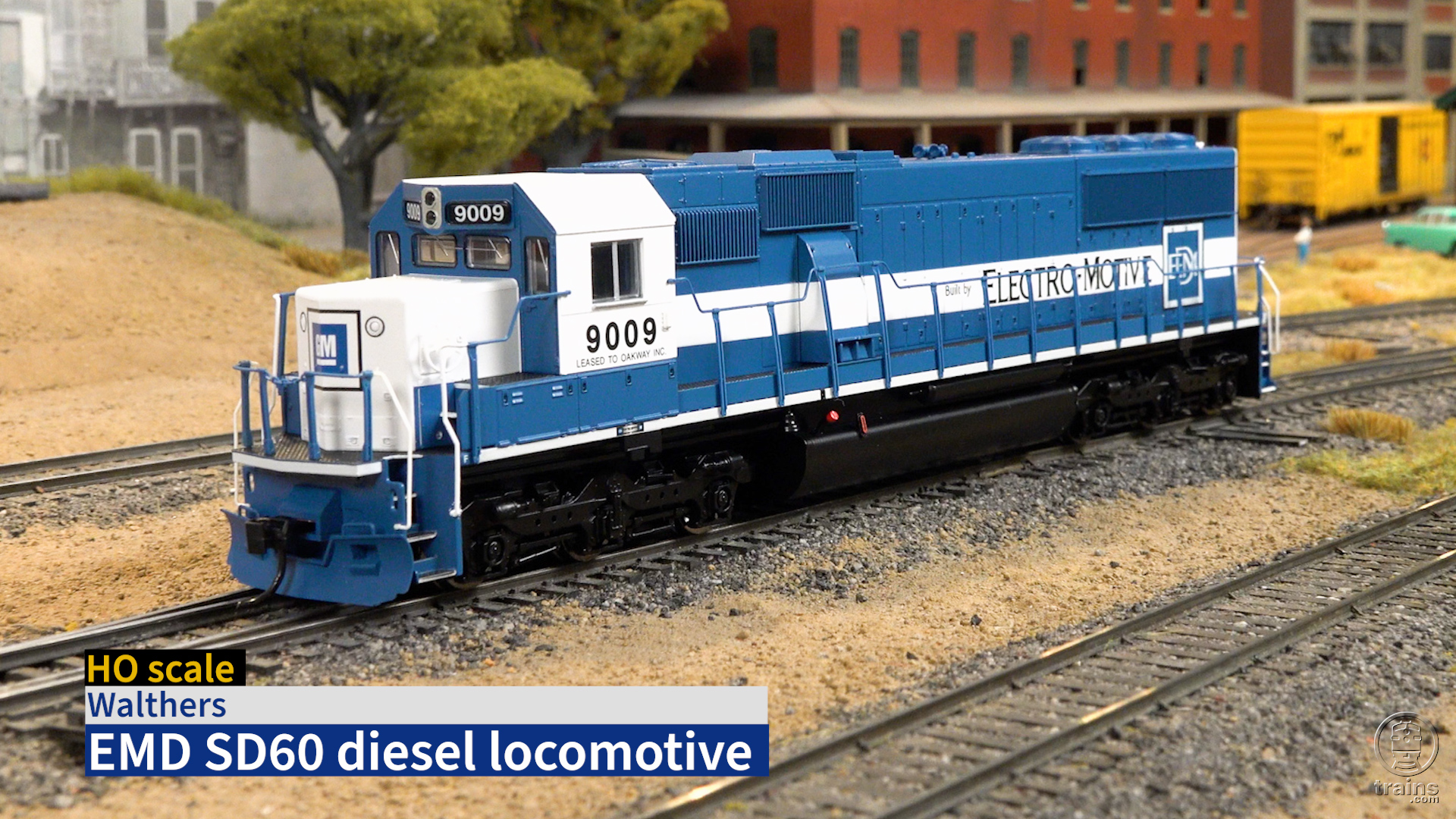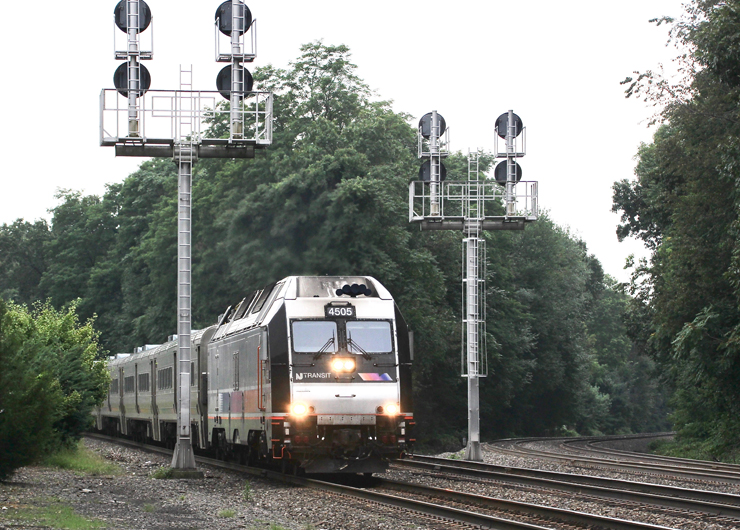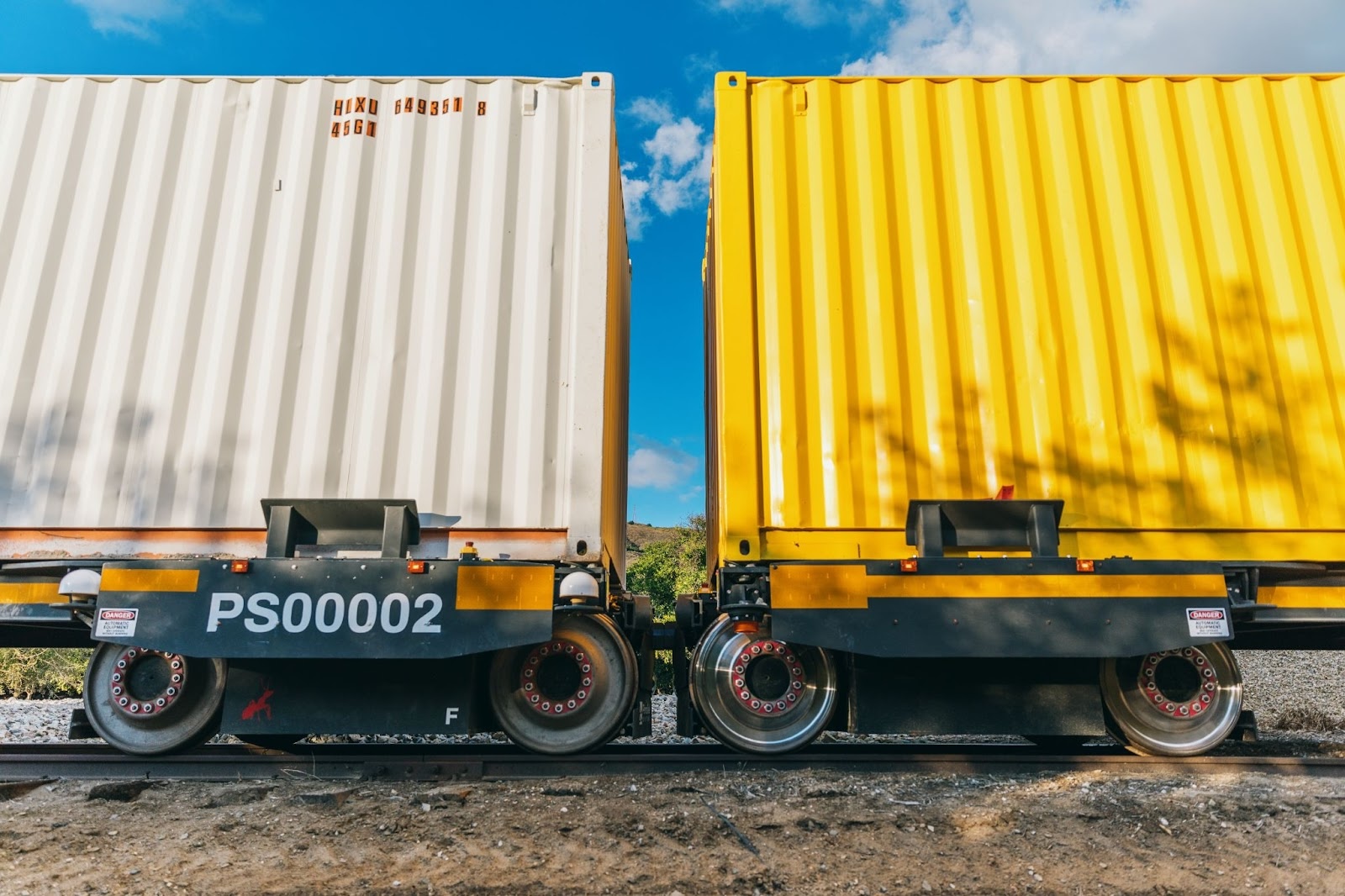“The Port of Vancouver is the busiest global trade export gateway of Canada and we must make the most of the existing limited assets,” says CN CEO Jean-Jacques Ruest. The project also includes new grade separation for the line.
The Burrard Inlet corridor links the CN network with Vancouver’s Centerm intermodal facility, which port officials say will undergo extensive upgrading beginning this summer. That will increase near-term capacity from 900,000 to 1.5 million 20-foot containers. Metrics the port publishes showed, that as of Feb. 19, CN container dwell times at Centerm were from three to five days and CN, which handled more than 65 percent of port business at that time, had overall container dwell times in excess of seven days. The industry standard is for containers to be on the dock for three days or less.
With the port complex expected to outgrow its capacity by about 2025, Business in Vancouver reports there is hope for a new port facility in the next decade to be built off the southwest coast of suburban Delta, B. C., assuming current environmental concerns can be resolved.
Vancouver’s port congestion stems from increased international business, larger ships disgorging ever-more containers, and rail connection issues with CN and Canadian Pacific. CN and CP are also dealing with heavy traffic patterns of commodities such as grain, oil, and lumber, and delays caused by brutal Canadian weather, according to analyses by Business in Vancouver and the Journal of Commerce.
To launch the Burrard Inlet corridor double-tracking, CN signed an agreement this month with the Vancouver Fraser Port Authority and with Transport Canada, which administers the National Trade Corridors Fund and provides grants for infrastructure improvement.















I agree with Mark Meyer, although three other railroads that use it include CP, VIA, and Rockymountaineer. I did a presentation at my Toastmasters discussing that bridge and how it poses a considerable detriment to expanding rail traffic in the local region. It needs to be replaced, moved up the river, and double-tracked. It is not a absolute bottleneck.
“To launch the Burrard Inlet corridor double-tracking, CN signed an agreement this month with the Vancouver Fraser Port Authority and with Transport Canada, which administers the National Trade Corridors Fund and provides grants for infrastructure improvement.”
So when is Transport Canada going to “grant” some money to replace the ancient bridge over the Fraser River at New Westminster? This 115-year-old, 10-MPH relic is used by CN, BNSF, SRY, and Amtrak and is the major Vancouver bottleneck.
Braden,
The northern transcon could not handle some of that volume, it’s practically at peak capacity now and still has some single track bottle necks.
Would BNSF be interested in taking some stack traffic out of Vancouver?.. The northern transcon could possibly handle some of this volume.
And soon the nearby NIMBY’s will moan. 🙁